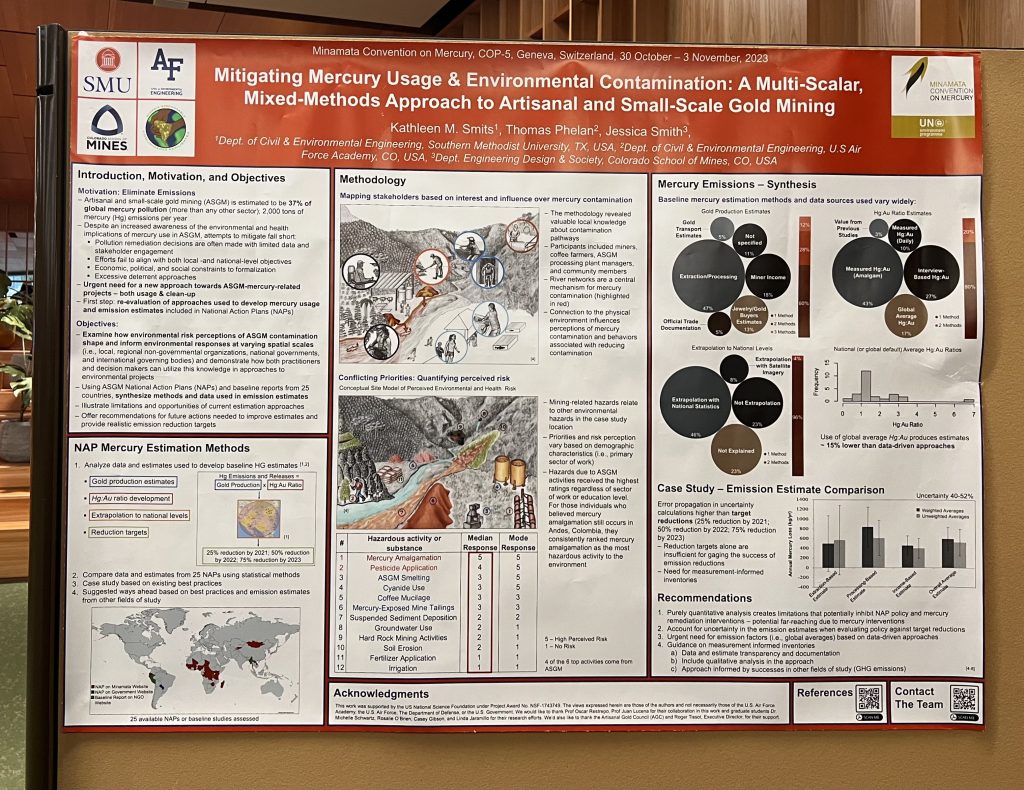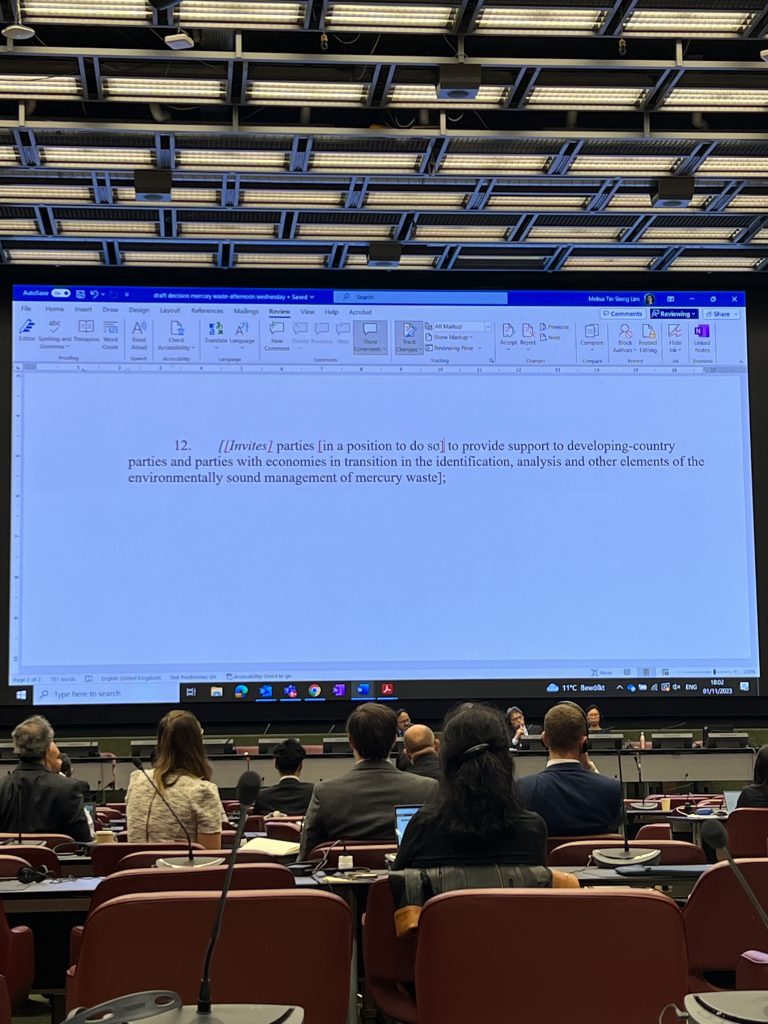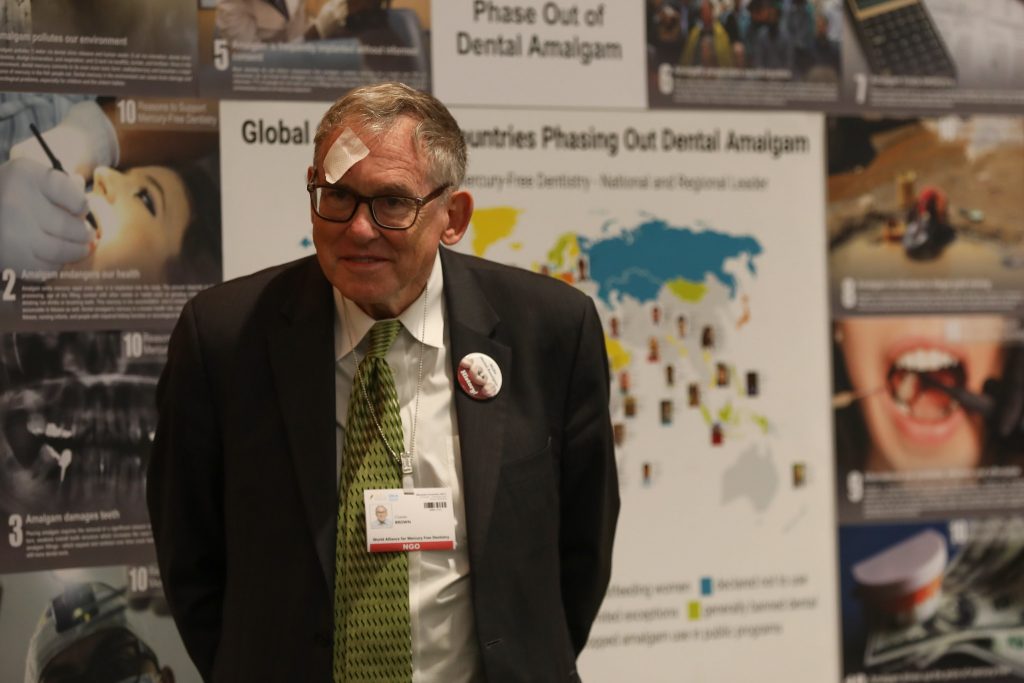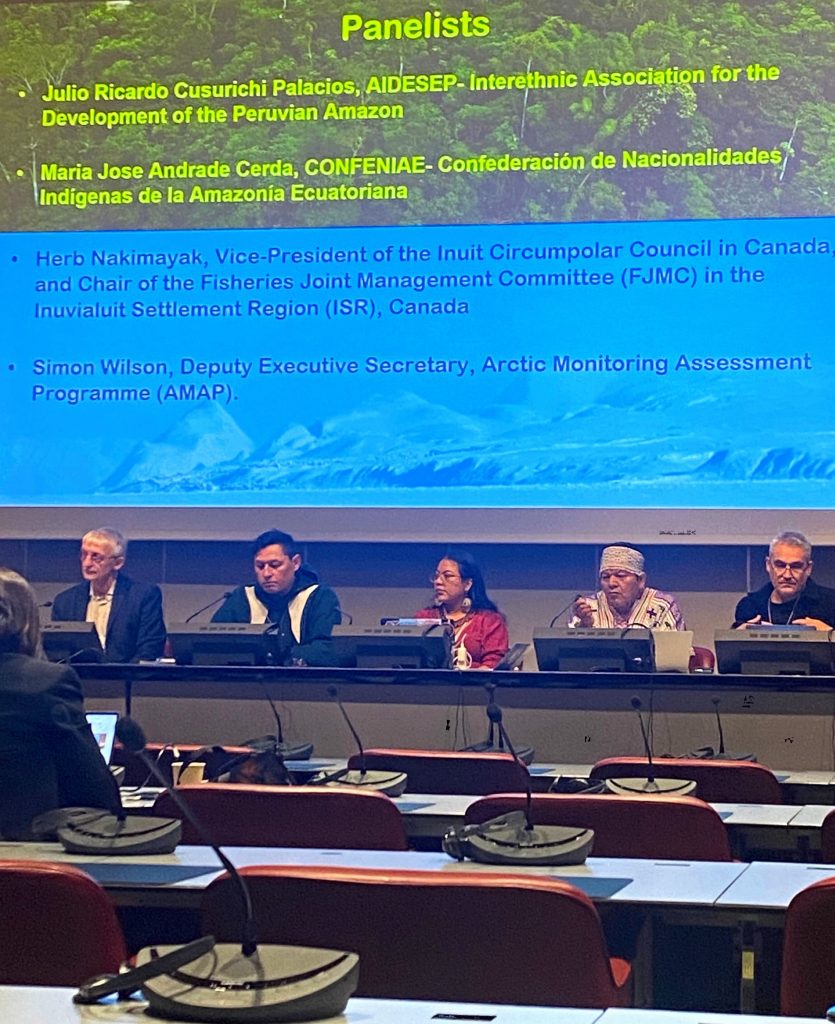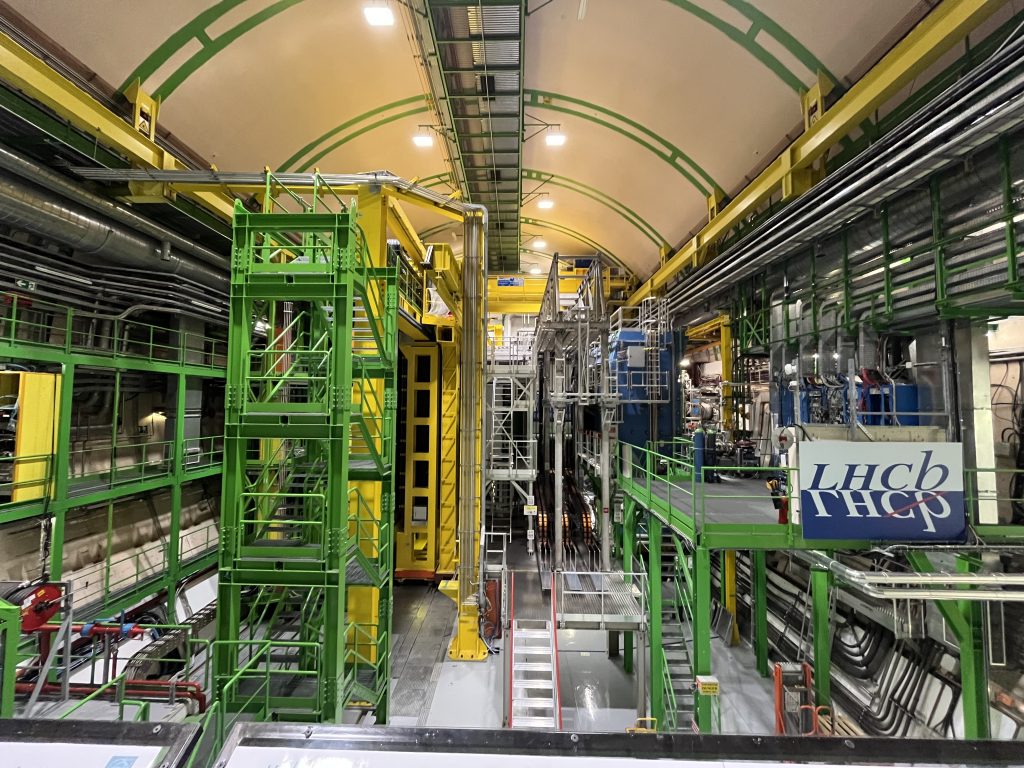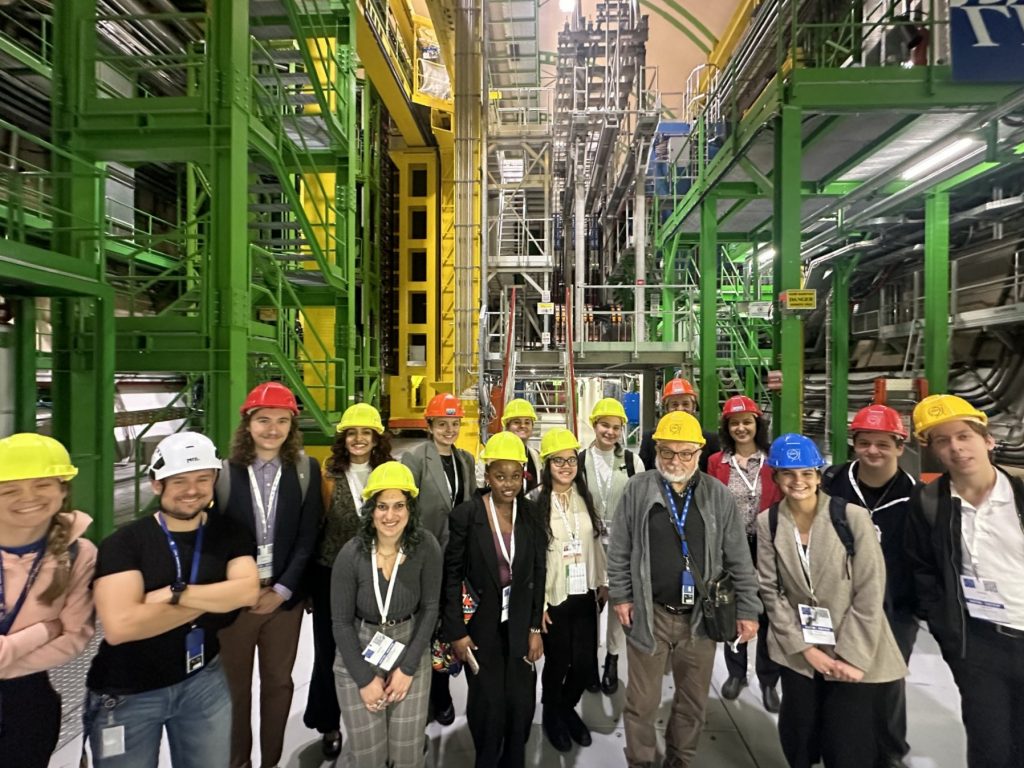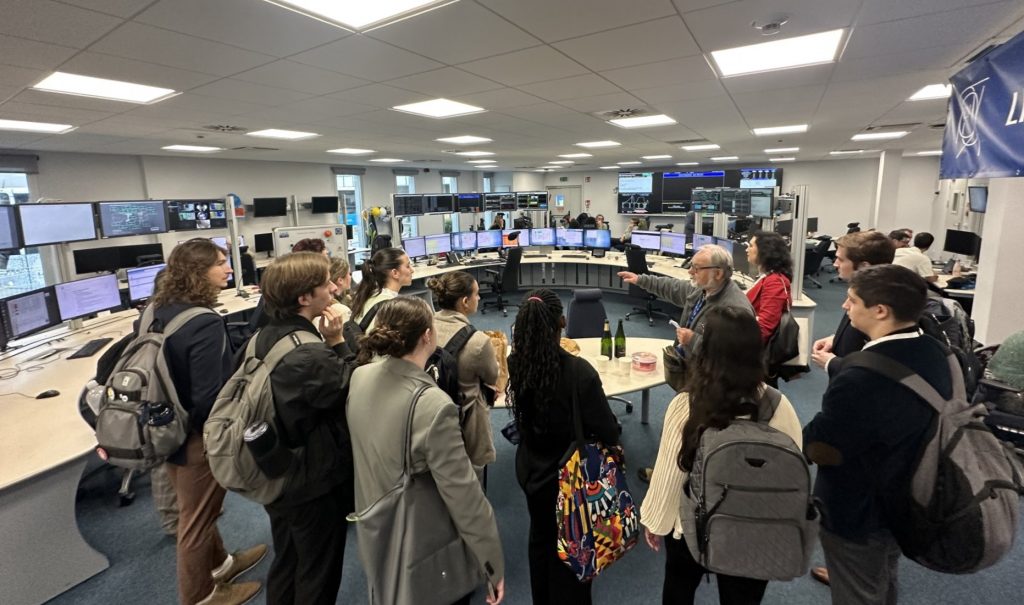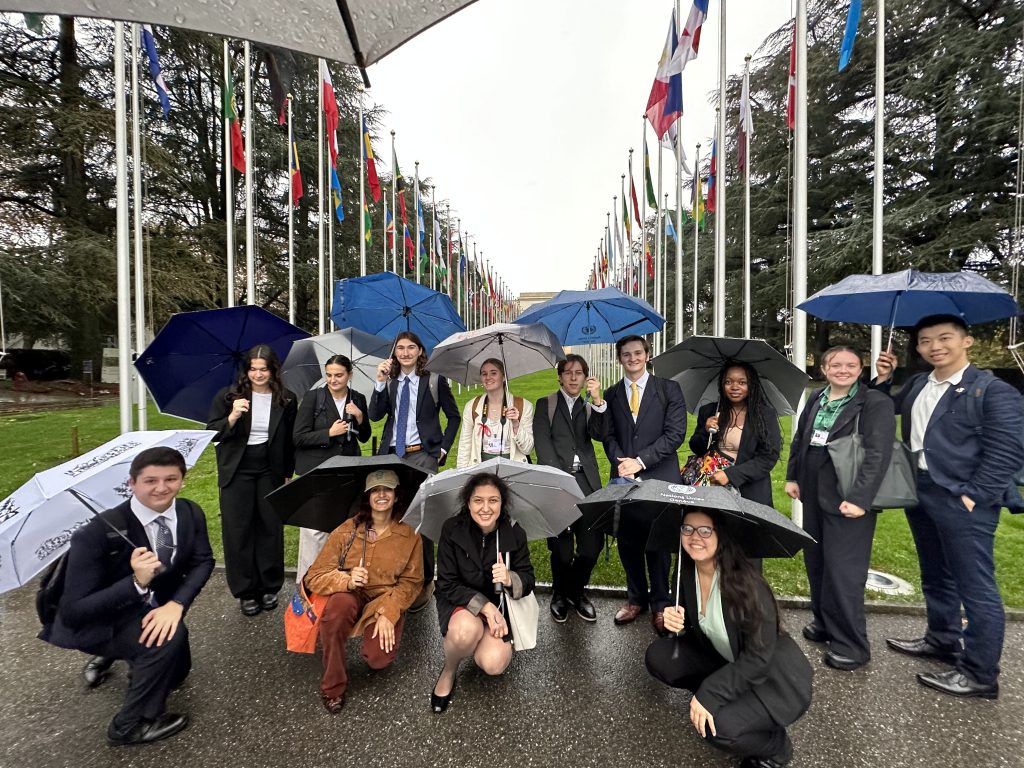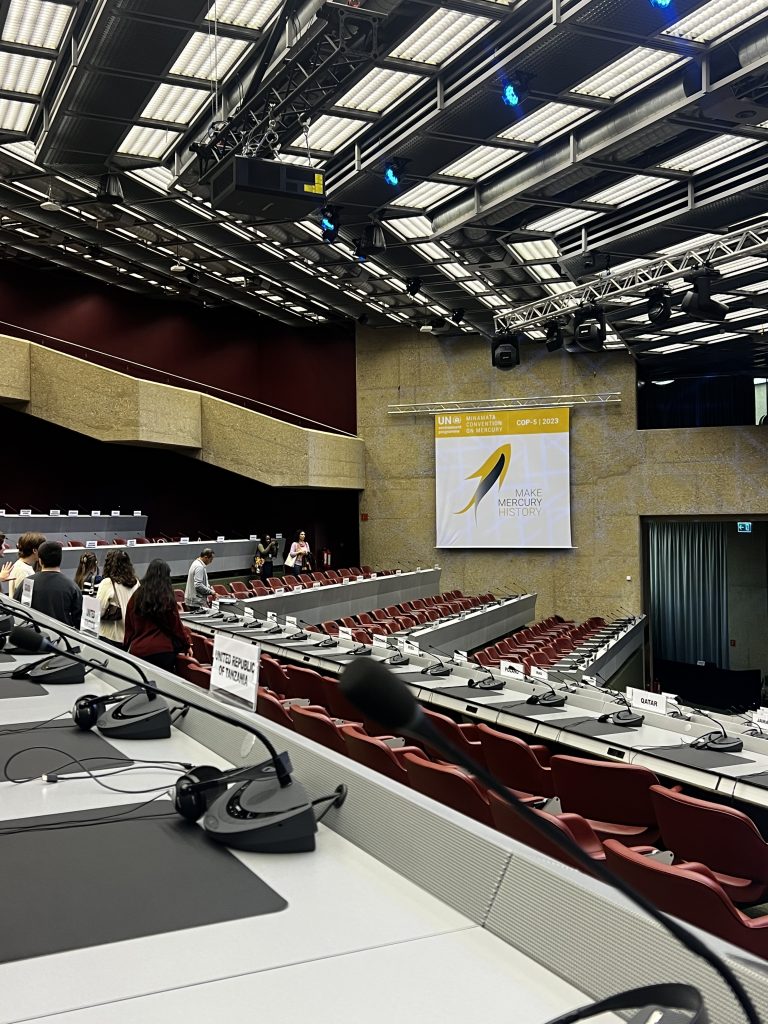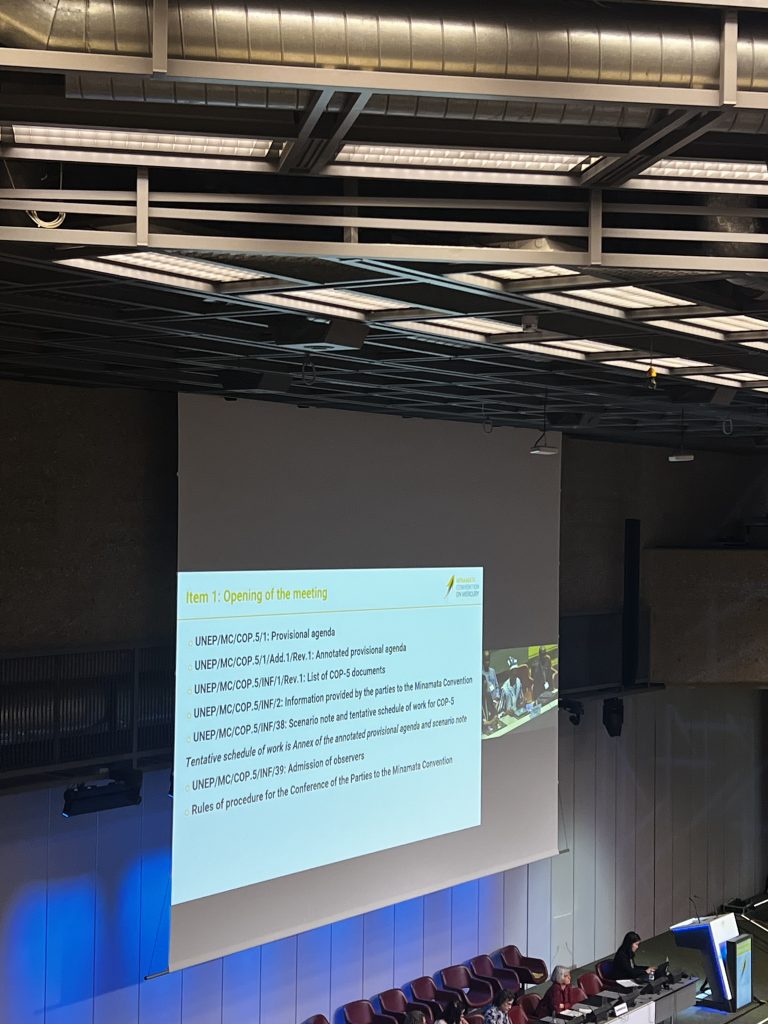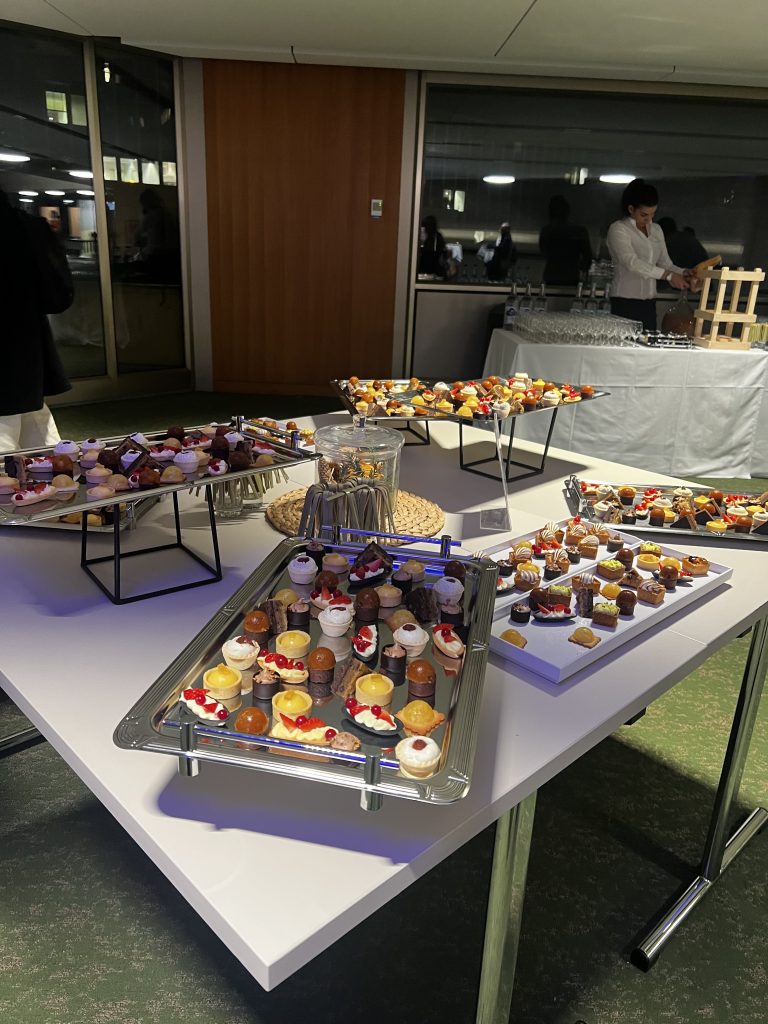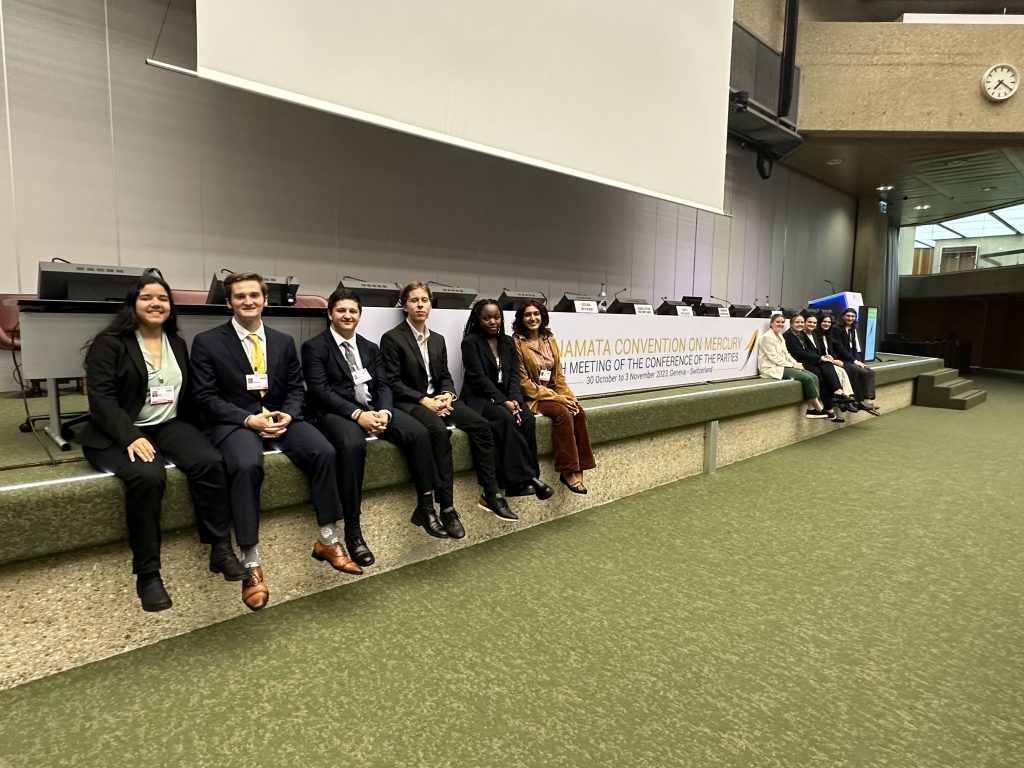by Hayley Scott
The agenda item 4(f) of mercury waste thresholds began on the second day of the COP-5; however, this item has been under consideration since the first COP seven years ago with no conclusion. The item of mercury waste threshold wishes to establish an international value for unacceptable levels of mercury or mercury compounds within waste. Before this COP, a technical expert group met to create a comprehensive report on thresholds and a draft guidance document on test methods. In this report, the technical group narrowed the threshold options down to three values: 25 mg/kg, 15 mg/kg, and 10 mg/kg. As predicted, in the plenary session on the second day a number of interventions were made for this item resulting in a contact group beginning that night. Some parties provided their preferred values, while others refused to state one value. However, it was generally agreed upon from parties that a value must be found during this COP and a contact group should be held.
Later that night, the first meeting of this contact group occurred. While the meeting was not very proactive, I was able to gain better understanding of how contact groups work. They began the group by creating a rough agenda for the paragraphs to be considering during the group’s meeting. A picture of this agenda can be seen below. The most significant decision made during the first contact group was the addition of an ‘opt-out’ clause. Essentially, if a country could not meet the decided threshold value, they would follow the provisions outlined in the next paragraph.
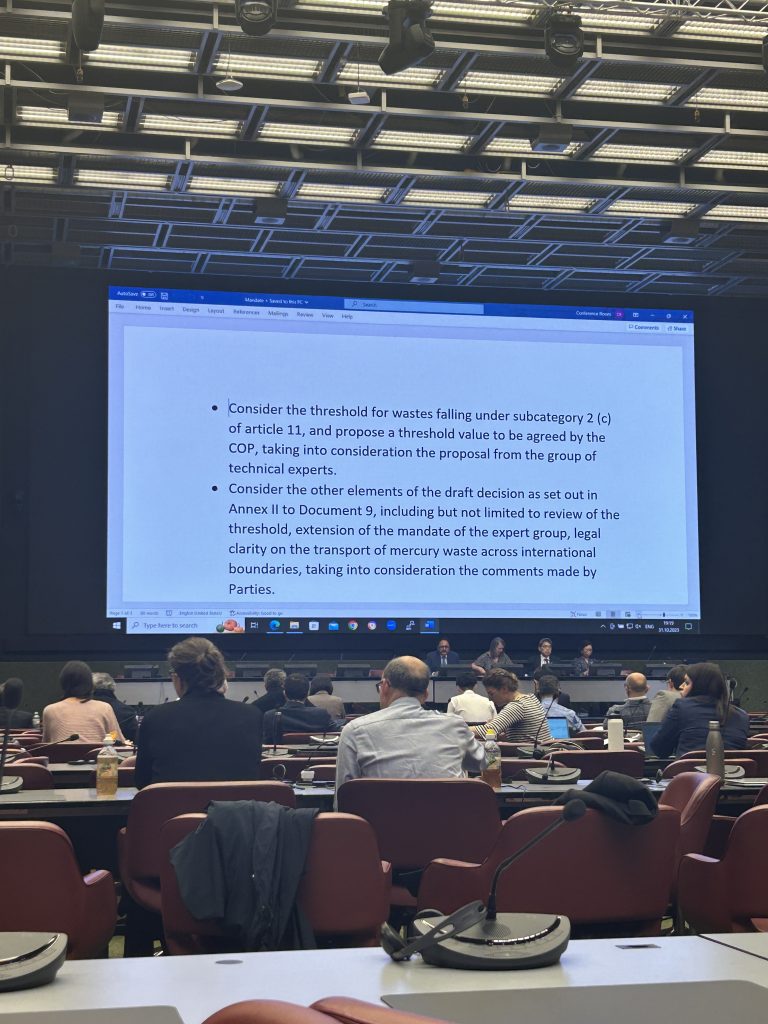
The initial agenda of the contact group decided on the second day of the convention and first day of the contact group
At the next morning plenary, the contact group representative requested and was granted additional time. Again, the contact group meeting was not very productive. Each party had different perspectives and rationales for their ideal threshold value. There are many factors that contribute to a country’s threshold value like population, industries, and financial resources. Some parties lacked the financial means to reach lower threshold values, while other parties could meet these values but were unwilling to provide financial assistance to other parties or to consider raising the thresholds they had already achieved.
By day four, the contact group had narrowed the threshold values to 15 mg/kg and 10mg/kg and requested more time. Out of respect for the representatives, the president did not allow two contact groups to meet at the same time, meaning time to make this decision was running out. However, she stressed that the threshold value had to be established at this COP. The threshold group met in the middle of the day and spent hours arguing over the wording of the opt-out clause. At one point during this meeting of the contact group, a party representative came up to me to ask how long this deliberation had been going on and when I told him three days, he just shook his head and laughed. With no decision reached on the opt-out clause, the co-chairs of the group decided they had to choose a threshold value, even if the other matters were not resolved. At the end of the meetings on day four, all parties agreed the threshold value would be 15 mg/kg.
This decision marked Minamata Convention history as a single threshold value had never been established in the convention’s seven year history. On the final day of the convention the agenda item was approved by all parties.
I decided to attend this contact group because I thought the arguments would be more data based than the rest of the convention. I assumed that because the topic was a revolving around a numerical value, the arguments would be over research from different groups, parties, and regions. However, a majority of the disagreements were over the specific wording in the prologue and opt-clause of the agenda item. In the image below, some of the alternative choices for words can be seen. Specifically, I remember them debating over the definition of hazardous waste, the use of the word ‘party’ vs. ‘parties’, and the use of the words ‘documented’ vs. ‘existing’ vs. ‘targeted’. I was also surprised to find out that a fair amount of the representatives has more of a background in policy than science.
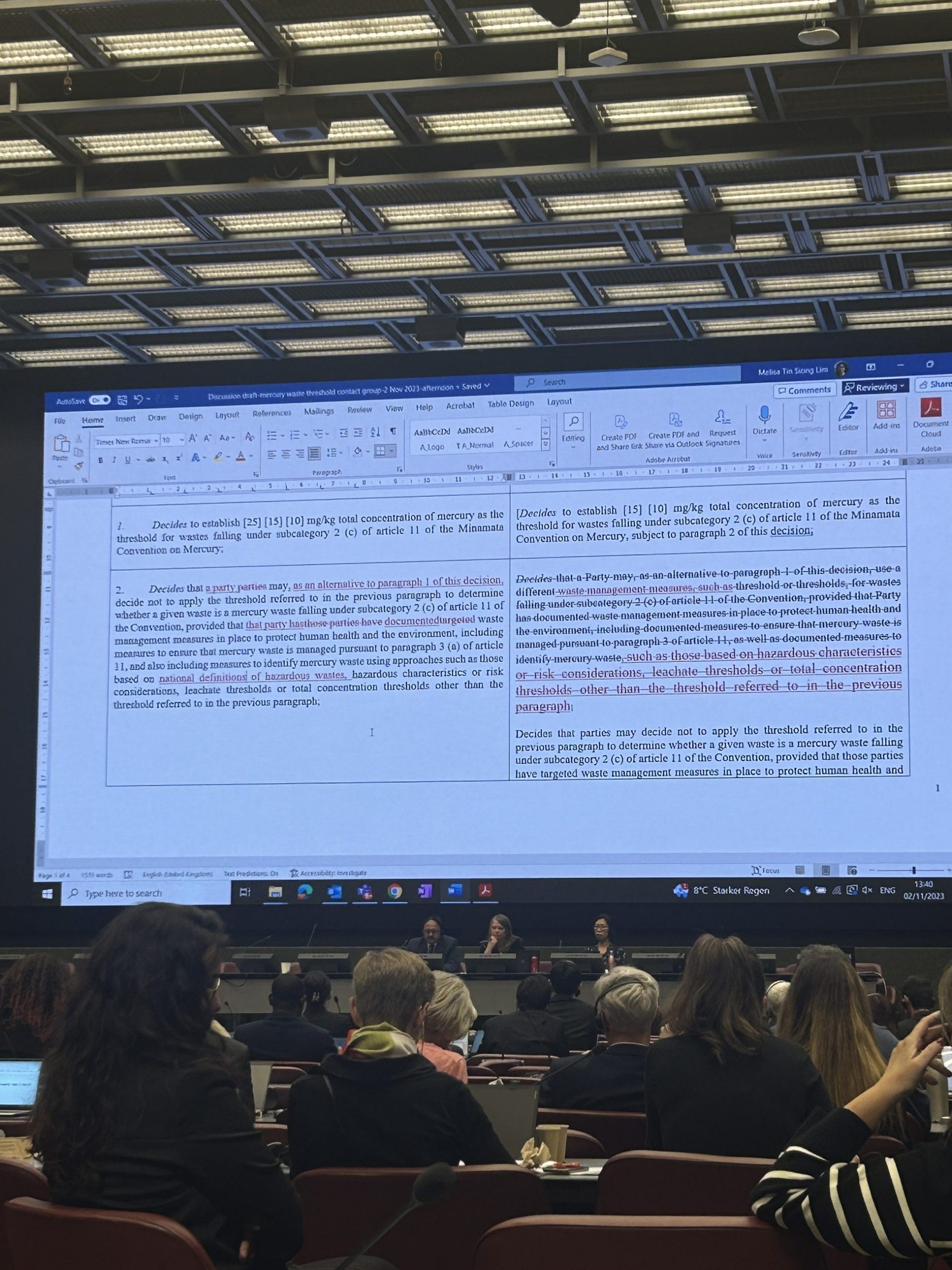
On the screen, the co-chairs created a document to track the potential changes to the document. On the left side, is the original document with the changes made by parties in red and on the right side is the suggest changes form the cochairs.

